0% Financing Available
Are You Using Recessed Lighting To Your Benefit?
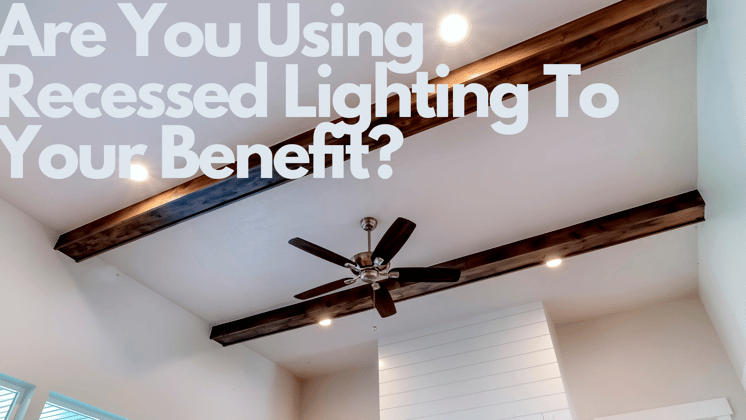
Recessed lighting is lighting that is installed directly inside a ceiling, wall, or other surface. Recessed fixtures are comprised of three main components, housing, trim, and bulb. Housing is the bulk of the fixture which is hidden within the wall or ceiling and contains the electrical connections of the fixture. Trim is the decorative, visible portion of the fixture and may include baffles, reflectors, or shades. The final component is the bulb, the part of the fixture that produces light.
Benefits of recessed lighting
One of the major benefits of recessed lighting is to provide more light coverage without the space looking cluttered with multiple ceiling lights. Because recessed lights are spaced throughout the ceiling, wall or other surface, it’s easier to light up every corner of the room uniformly. Homeowners usually opt for recessed lights in kitchens, living rooms, and closets, in an area where a single ceiling light wouldn’t provide enough lighting to fill the space.
Another advantage of recessed lighting (commonly referred to as “can lights”) is that they come in a variety of styles. Although they’re notoriously more discreet than a chandelier, it’s a common mistake to think that all recessed lights look the same. The type of lighting you are looking for will really decide the type of recessed lighting that is best for you. For example, an eyeball trim can help with wall-wash lighting, while the reflector trim is more suitable for mirrored surfaces. Additionally, recessed lighting is commonly used to highlight objects or art pieces in a room. In the below image, you can see where we used a soft recessed lighting to highlight the living room piano.
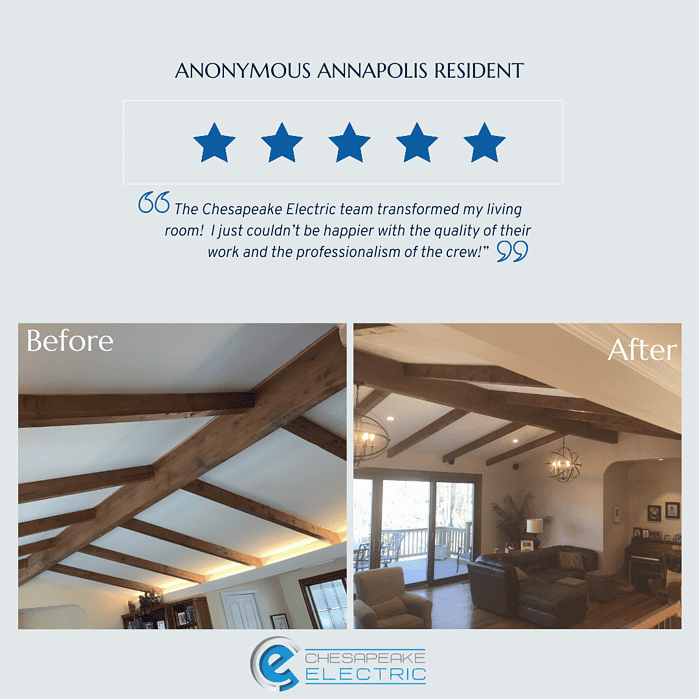
Disadvantages of Recessed Lighting
While recessed lights work great in many cases, there are a few disadvantages that you may want to consider before installing them. First, you’ll have to cut holes in the surface where they are to be installed. Then, you’ll have to run several cables—unless you use a junction box. If at some point you want to change out the lighting, then all that work will be for nothing. The other issue with recessed lights is that they are unidirectional, which means that you typically need more than one to light up your rooms properly. Which means you want an expert to evaluate the space and tell you where you should get them and how many you will need. The experts at Chesapeake Electric are well versed in all the recessed lighting options and can help you design a well lit but comfortable space within your budget.
Placement Suggestions for Recessed Lighting
Follow these tips for the best use and spacing of your fixtures:
- Avoid recessed lighting fixtures placed too close together or in rows down the center of the room. This type of installation can have the look of an airport runway.
- Match the size of your recessed lighting fixtures to how close together they can be installed. The common rule is that 4-inch fixtures should generally be placed at least 4 feet (1.22 m) apart and 6-inch fixtures about 6 feet (1.83 m) apart.
- Center recessed lighting fixtures in front of the objects you wish to light—a painting, bookshelf, or drapery panels, for example—and about 12 to 18 inches in front of that object.
- Recessed lights used for reading or task lighting should be carefully placed overhead so your head and shoulders will not block needed light.
- Use wall-washing recessed lighting fixtures around the perimeter of a small room to help “push” the walls out and make the space feel larger, or aim them at a collection of artwork or photographs to call attention to the display.
- Install recessed lighting fixtures in the bottom of your kitchen cabinets. The light will wash your countertop with focused light.
Types of Light Bulbs for Recessed Lighting
When selecting or installing recessed lighting, several types of fixtures and bulbs are available for specific needs:
- Incandescent bulbs are inexpensive and good for general light or wall washing with the use of reflectors. But these lights have 2 large disadvantages: 1- they are very energy inefficient, 2- They create a lot of heat which is counterproductive to a room you want to cool in the summer.
- Light emitting diode (LED) bulbs are the most energy efficient lights and have a very long life. They can also be installed in a smaller diameter aperture.
- Halogen bulbs offer a clean white light and are available in both flood and spot types in sizes to fit 4-, 5-, or 6-inch fixtures. (But these are more expensive, emit a lot of heat, and have a short life span)
- Low voltage halogen bulbs have a long life and put out more light than incandescent bulbs, but require the use of transformers and special low voltage housings.
- Compact fluorescent lamps (CFL) are energy-efficient, but need a ballast to regulate the current.
- For any of these bulbs – be sure to check if they are dimmable or not if you are looking to put a dimmer switch in.
The shape of the bulb is also a factor in the direction the light is emitted these are the standard abbreviations:
- R (reflector) bulbs are most common and have a reflective surface included on the back of the bulb so all the light is emitted downward.
- BR (bulged reflector) bulbs flare near the base of the lamp to emit more light downward.
- PAR (parabolic aluminized reflector) bulbs are shaped for a tighter beam and are used for accent lighting.
- MR (multifaceted reflector) bulbs have facets on the inner reflective surface that act to produce a tight beam.
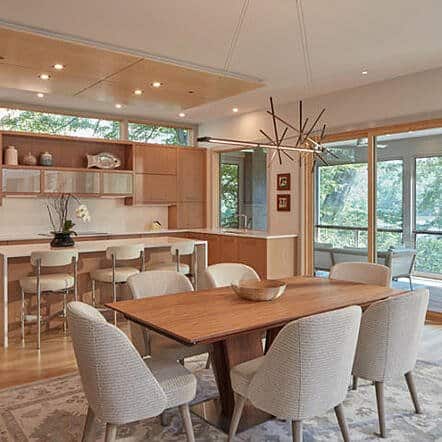


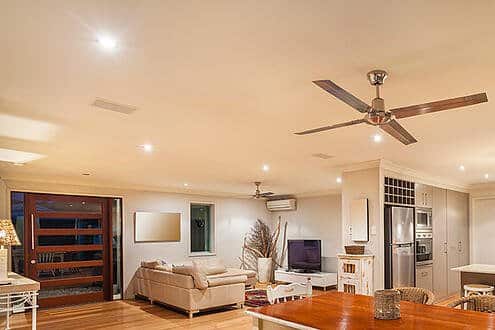
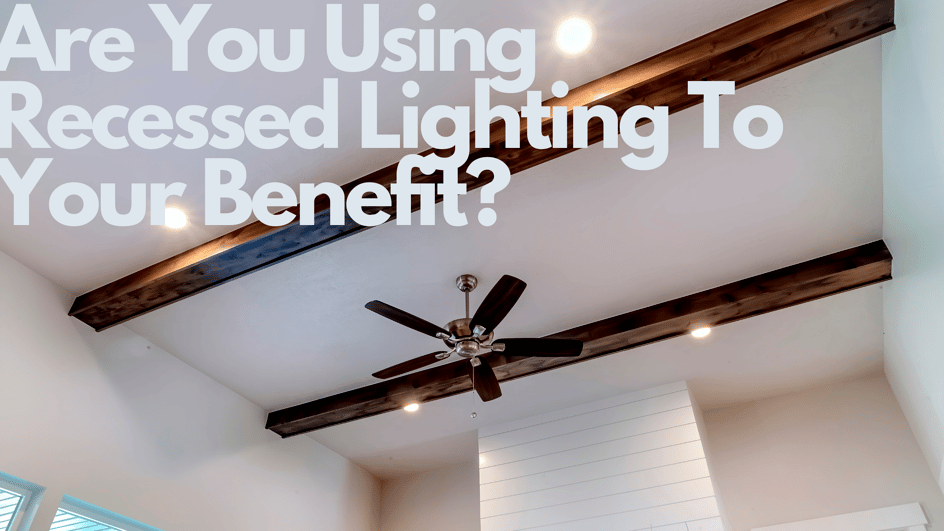
Recent Posts
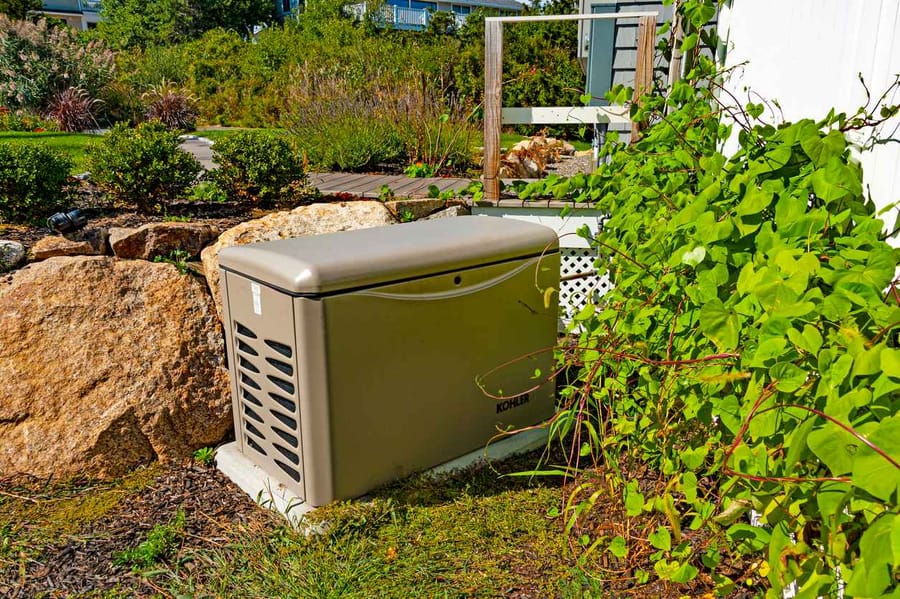
November 21, 2025

November 21, 2025
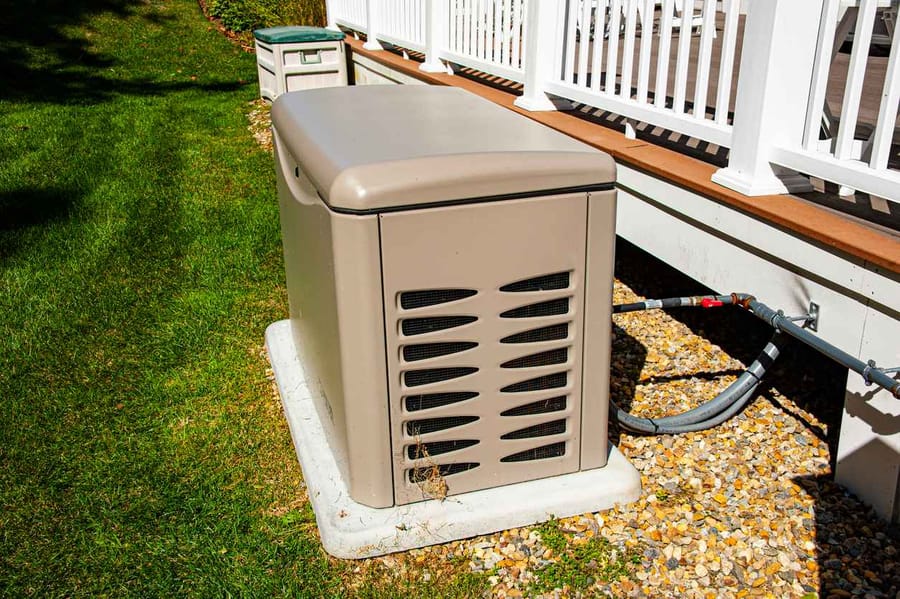
November 21, 2025

October 29, 2025
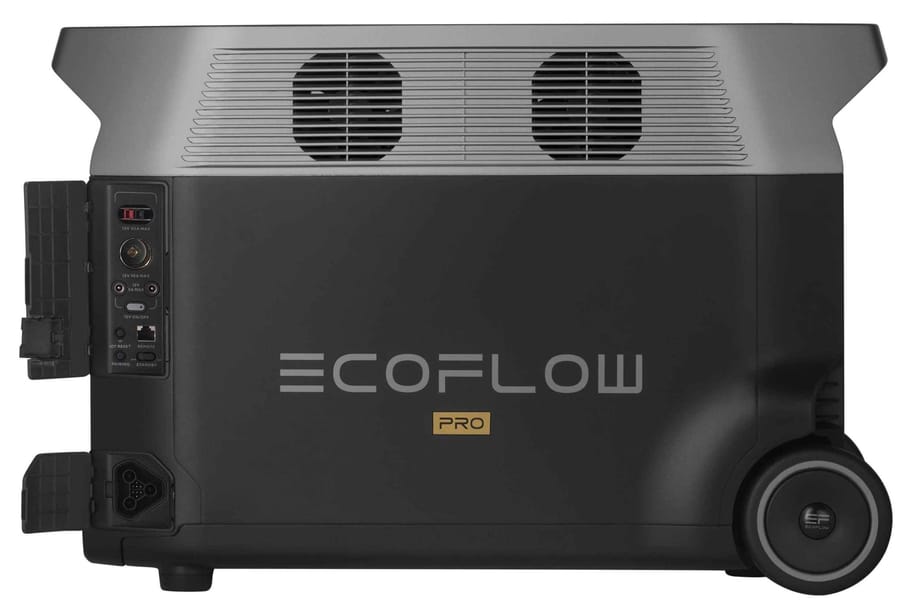
October 29, 2025
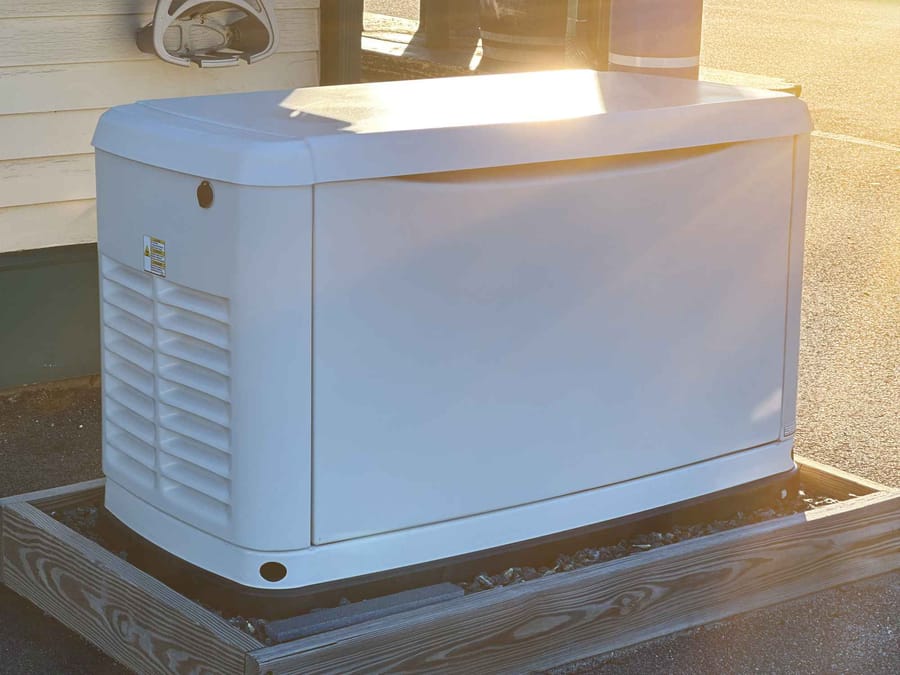
October 29, 2025
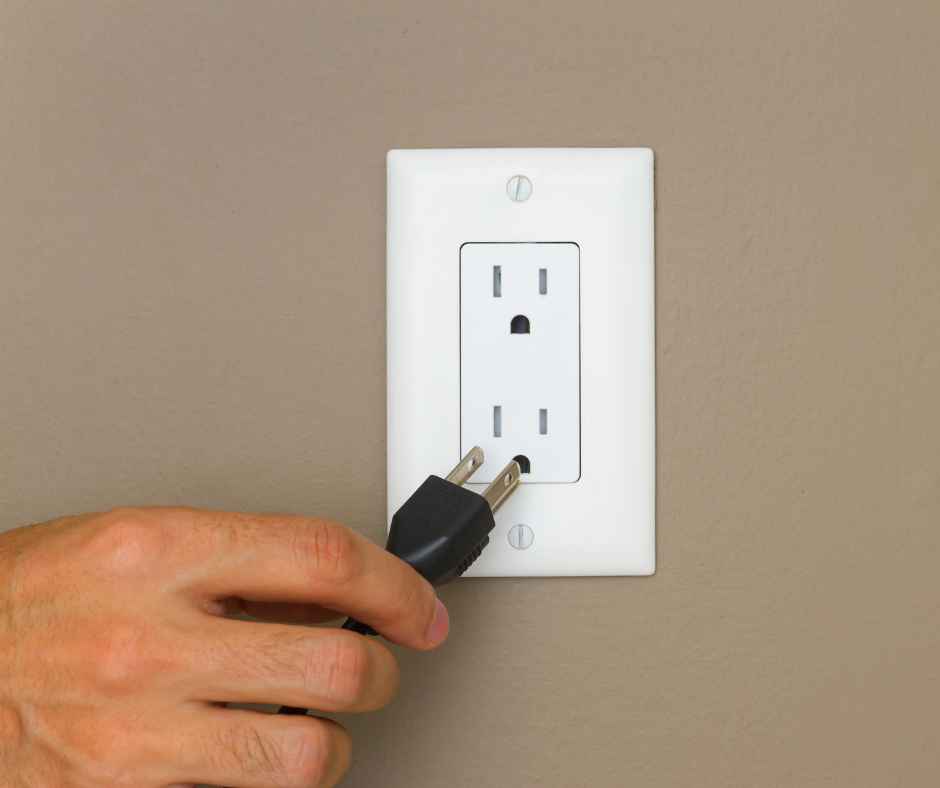
September 26, 2025